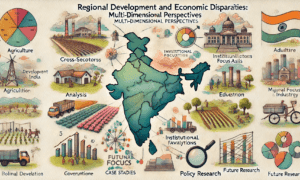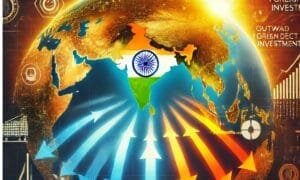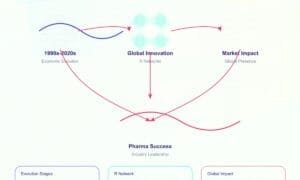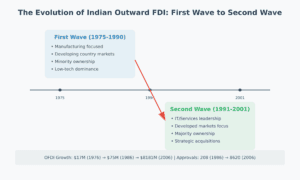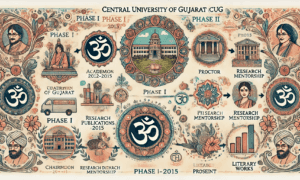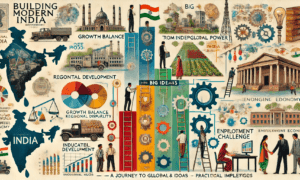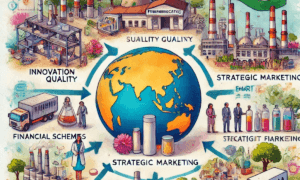The Miracle That Wasn’t A year ago, India seemed unstoppable. With GDP growth averaging 9.1% between 2005-2008 (second only to China among major emerging economies), booming industry, soaring corporate profits, and surging foreign investment, India was being hailed as the next “miracle economy.” But then came an unexpected twist.
The Perfect Storm Just as India’s success story was taking root, three shocks hit the global economy:
- The bursting of the US asset bubble
- The collapse of Western financial institutions
- Rising insolvency of global corporations
Many believed India would be insulated from these events due to its strong domestic market and relatively low export dependence. Reality proved otherwise.
How Did the Crisis Spread to India?
The Financial Channel
- Banks: Though direct exposure to toxic assets was limited, some banks took significant hits
- Stock Markets: The Sensex fell 44% from its December 2007 peak
- Currency Markets: The rupee depreciated 28% against the dollar
- Foreign Investment: Major outflows of foreign institutional investors
The Real Economy Channel
- GDP Growth: Plummeted to 5.3% by late 2008
- Manufacturing: Growth turned negative
- Exports: Seven consecutive months of decline
- Jobs: An estimated half million jobs lost between September-December 2008
Sectors Hit Hardest
Export Industries:
- Gems & Jewelry: -34.25%
- Cotton Textiles: -11.39%
- Handicrafts: -24.67%
- Leather Goods: -9.22%
- Auto Exports: -10.04%
IT & Services:
- IT/BPO export growth projections cut from $50B to $47B
- Major companies reported significant forex derivative losses
The Social Impact The crisis hit vulnerable populations particularly hard:
- Job losses concentrated among less skilled workers
- Continuing food price inflation
- Reduced government revenue threatening social program funding
- Limited social safety nets to cushion the impact
Key Lessons
- Financial Integration: India’s markets were more connected to global systems than many realized
- Export Vulnerability: Even with strong domestic demand, export sectors proved highly susceptible to global conditions
- Currency Risk: Many companies were caught off guard by sudden currency movements
- Social Costs: Economic shocks have disproportionate impacts on vulnerable populations
Looking Forward While some positive signs emerged by mid-2009 (infrastructure growth, stable government, recovering stock market), the crisis revealed deep interconnections between India and the global economy. The myth of “decoupling” was firmly put to rest.
The key question became not whether India could avoid global economic turbulence, but how it could better manage its integration with the world economy while protecting its most vulnerable citizens.
Academic Abstract:
Surpassing the decoupling expectation, the global economic crisis has affected the Indian economy through various channels. Indeed, this brief survey of the effects of crisis suggests that India’s financial and real sectors are closely integrated with the global financial and export markets. So far crisis has shown just how it can undermine India’s growth rate, which in turn is likely to have long-term implications for economic and social developments in that country.
Learn More:
Full citation: Pradhan, Jaya Prakash (2009), ‘How Did Decoupled Become Coupled?: India’s Miracle Growth Drops.’, Economics, Management, and Financial Markets, 4(3), pp. 37–43, Publisher: Addleton Academic Publisher.
Learn More:




